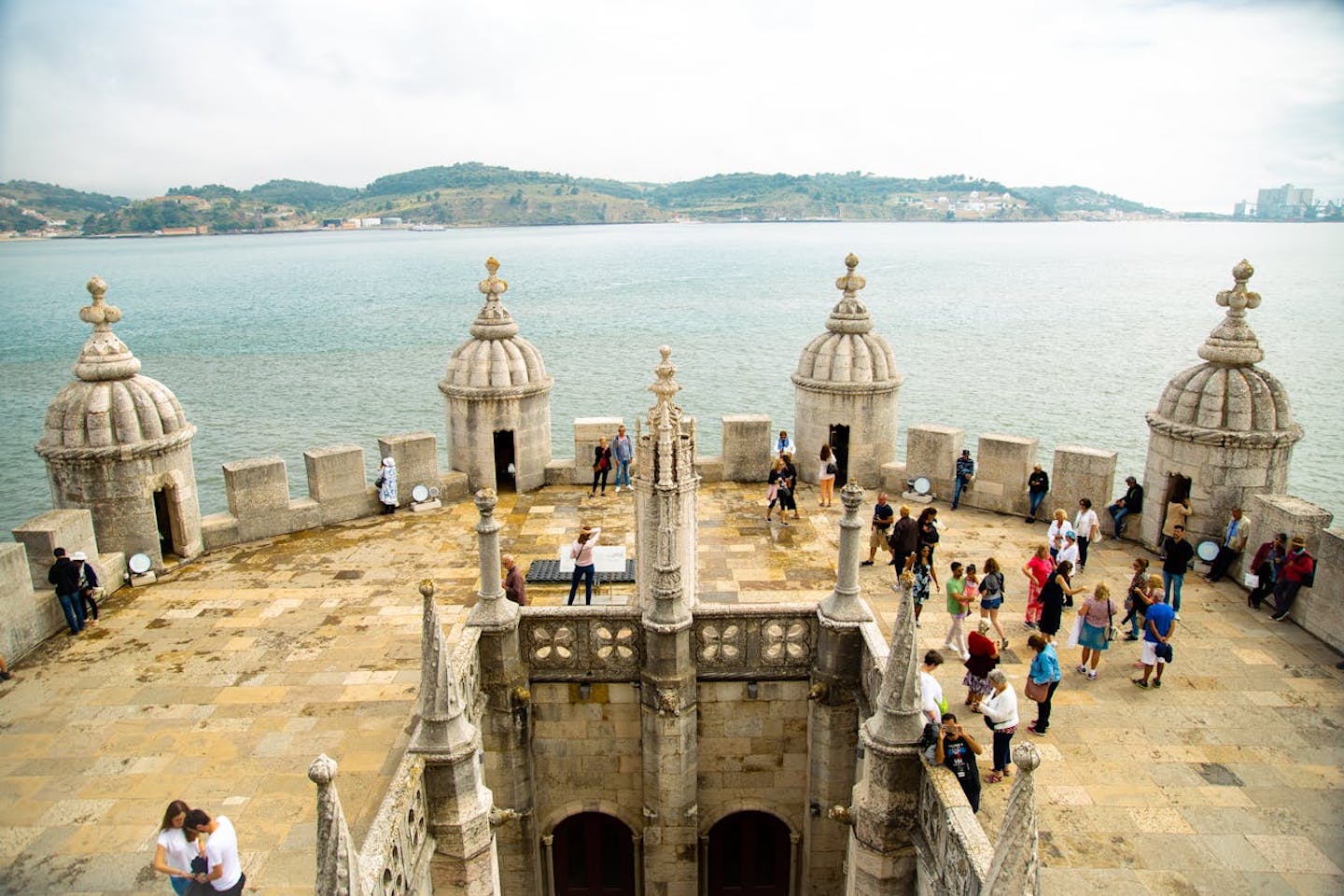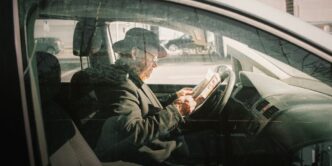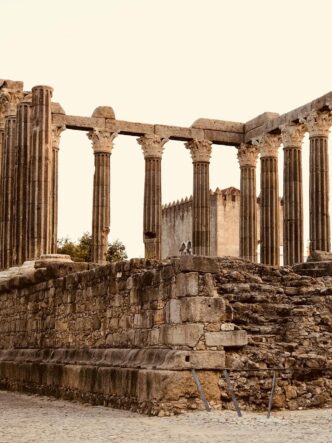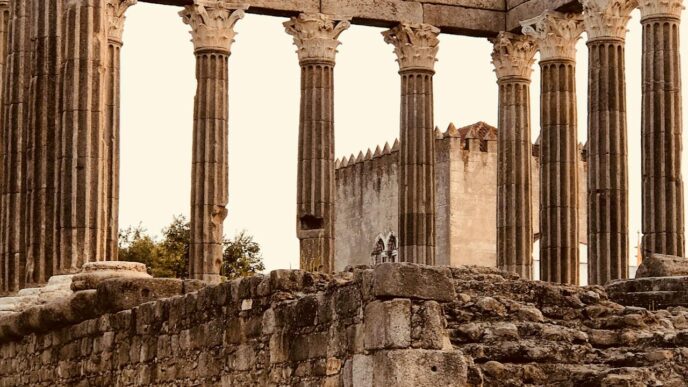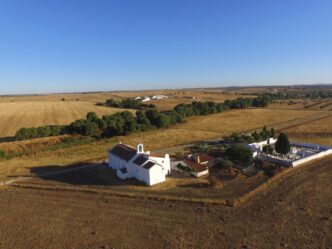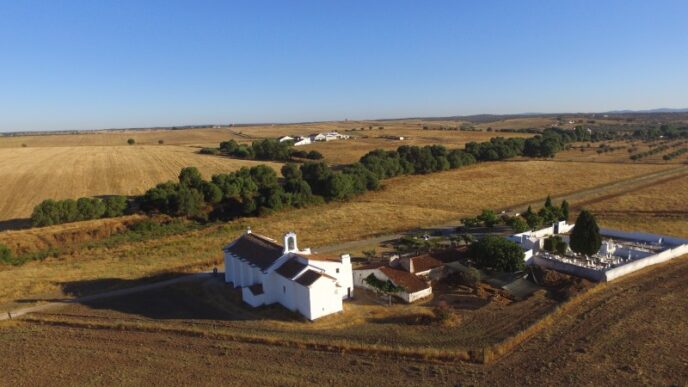The Role of Lisbon in the Age of Enlightenment
Lisbon as a Cultural Crossroads
Lisbon has long been a meeting point for different cultures and ideas. Since the time of the discoveries, the city has played a significant role in the exchange of knowledge, especially in navigation and logistics. This cultural mix is evident in the city’s architecture and urban design, particularly in areas like the Baixa Pombalina. The gardens of Lisbon also showcase this blend, housing unique plant species from around the world.
Influence of Maritime Discoveries
The maritime discoveries of the 15th century were crucial for Lisbon. These explorations not only brought wealth but also new ideas and knowledge to the city. Lisbon’s strategic location made it a hub for global maritime trade, influencing its development and making it a vibrant, multicultural capital.
Urban and Architectural Impact
The Age of Enlightenment brought significant changes to Lisbon’s urban landscape. The city expanded towards the river, adopting new architectural styles and urban planning principles. This period saw the modernization of Lisbon, with innovative designs that still influence the city’s layout today. The Pombaline Downtown area is a prime example of Enlightenment urbanism, reflecting the era’s forward-thinking ideas.
Key Figures of Lisbon’s Enlightenment
Marquês de Pombal’s Vision
Marquês de Pombal, also known as Sebastião José de Carvalho e Melo, played a crucial role in shaping Lisbon during the Enlightenment. He was a powerful Secretary of State who believed in strong infrastructure and secular education. Pombal’s vision led to the establishment of a central bank and the protection of local industries. His efforts were instrumental in bringing Enlightenment ideas to Portugal.
Contributions of King João V
King João V reigned from 1689 to 1750 and was a significant figure in Lisbon’s Enlightenment. His rule saw the exploitation of gold resources in Brazil, which funded numerous improvements in Lisbon‘s infrastructure. Under his reign, the city experienced grandiose constructions and the rise of sculpture and architecture schools.
Influential Philosophers and Thinkers
The Enlightenment era in Lisbon was marked by the contributions of several influential philosophers and thinkers. These individuals brought new ideas and perspectives that helped shape the city’s cultural and intellectual landscape. Their work laid the foundation for many of the advancements seen during this period.
The 1755 Earthquake and Its Aftermath
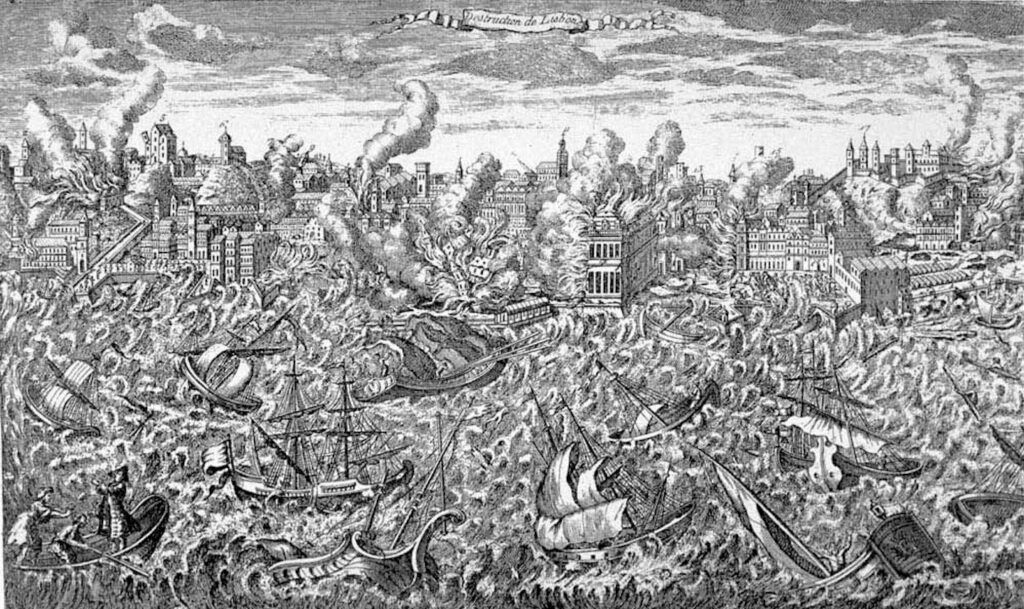
Devastation and Immediate Response
On November 1, 1755, Lisbon experienced one of the most powerful earthquakes in recorded history. The first tremor struck at 9:40 a.m., followed by another at 10:00 a.m., and a third at noon. The earthquake caused massive destruction, collapsing buildings and triggering fires that raged for six days. A tsunami followed, drowning many who had fled to the river’s edge for safety. Between 30,000 and 60,000 people lost their lives, and countless others lost their homes and possessions.
Reconstruction Efforts
In the wake of the disaster, the Marquis of Pombal took charge of the reconstruction efforts. Inspired by Enlightenment ideas, he implemented new urban planning and architectural standards. The city was rebuilt with wider streets, open squares, and buildings designed to withstand future earthquakes. Pombal’s vision transformed Lisbon into a model of modern urbanism.
Long-term Urban Planning
The long-term urban planning initiated by Pombal had a lasting impact on Lisbon. The new design principles emphasized safety, functionality, and aesthetics. The reconstruction not only restored the city but also set a precedent for urban planning that influenced other European cities. Lisbon’s transformation after the earthquake is a testament to the resilience and forward-thinking of its leaders.
Cultural Expressions of Enlightenment Lisbon
During the Age of Enlightenment, Lisbon became a hub of cultural activity, showcasing a blend of traditional and innovative artistic expressions. This period saw the rise of unique cultural forms that continue to define the city’s identity today.

The Rise of Fado
Fado, a genre of music characterized by its melancholic and soulful tunes, emerged as a significant cultural expression during this time. It became a way for the people of Lisbon to express their emotions and stories, reflecting the city’s complex social fabric. Fado performances were often held in local taverns and cafés, becoming a staple of Lisbon’s cultural scene.
Azulejo Art and Its Significance
Azulejo, the art of ceramic tilework, flourished in Lisbon during the Enlightenment. These tiles, often depicting intricate patterns and scenes, adorned many buildings throughout the city. The use of azulejos not only added aesthetic value but also served as a means of storytelling and historical documentation. This art form remains a testament to the cultural nationalism of the period, showcasing the unique blend of influences that shaped Lisbon.
Literary and Artistic Flourishing
The Enlightenment era in Lisbon was marked by a significant literary and artistic boom. Writers and artists were inspired by the new ideas of the time, leading to the creation of works that reflected the changing social and political landscape. This period saw the establishment of literary salons and artistic circles, where intellectuals gathered to discuss and share their ideas. The influence of these gatherings can still be seen in Lisbon’s vibrant cultural life today.
Lisbon’s Role in Global Maritime Trade

Strategic Importance of the Port
Lisbon’s port has always been a key player in global trade. Its strategic location made it a hub for ships traveling between Europe, Africa, and the Americas. This allowed Lisbon to become a central point for the exchange of goods, ideas, and cultures.
Trade Routes and Commodities
The city was famous for its diverse range of traded goods. Lisbon’s merchants dealt in spices like pepper and cinnamon, as well as luxury items such as silk and porcelain from China. The port also saw the trade of African products, including diamonds and cotton fabrics. Lisbon’s role in the India Run was particularly notable, bringing valuable items from the East to Europe.
Economic Impact on the City
The bustling trade brought immense wealth to Lisbon, making it one of the richest cities in Europe. This wealth funded the construction of grand buildings and supported a vibrant cultural scene. The city’s economy was so robust that it even influenced other European markets, making Lisbon a key player in the continent’s economic landscape.

Architectural Heritage from the Enlightenment Era
Monumental Buildings and Structures
Lisbon’s Enlightenment era left a lasting mark on its architecture. The city is home to monumental buildings that showcase the grandeur of this period. These structures include grand palaces, impressive churches, and public buildings that reflect the Enlightenment ideals of symmetry, order, and beauty.
Residential and Public Architecture
The residential and public architecture of Lisbon during the Enlightenment era is notable for its innovative design and functionality. The Pombalino buildings, named after the Marquês de Pombal, are a prime example. These buildings were designed with earthquake-resistant features and standardized façades, making them both practical and aesthetically pleasing.
Preservation and Restoration Efforts
Preserving Lisbon’s architectural heritage from the Enlightenment era is a priority for the city. Various efforts have been made to restore and maintain these historic structures. The use of traditional materials and techniques ensures that the cultural identity of the city is preserved while adapting to modern needs. These efforts not only protect the city’s history but also enhance its beauty and charm.
The Social and Political Climate of Enlightenment Lisbon
Liberal Movements and Civil Wars
During the Enlightenment, Lisbon experienced significant social and political changes. The city was a mix of conservative nobles and a rising bourgeois class. The liberal ideas began to take root, leading to tensions and conflicts. Civil wars erupted as different factions vied for power and influence. The liberal movements sought to challenge the old order and bring about reforms that would benefit the broader population.
Impact of the Religious Orders
Religious orders played a crucial role in Lisbon’s social and political landscape. The Jesuits, in particular, had a strong influence on education and legal systems. However, their power was challenged during the Enlightenment. The secularization efforts led by figures like Sebastião José de Carvalho e Melo aimed to reduce the church’s control and promote a more secular society. This shift had a profound impact on Lisbon’s development.
Socio-political Reforms
The Enlightenment period saw several socio-political reforms in Lisbon. These reforms were driven by the need to modernize the city and improve the living conditions of its inhabitants. Efforts were made to address issues like poverty, education, and public health. The restructuring of the state included the incorporation of Church and Crown properties into the Public Treasury, which helped fund various public projects. These changes laid the groundwork for Lisbon’s transformation into a more modern and progressive city.
Lisbon’s Intellectual and Artistic Hubs
Cafés and Bookstores as Meeting Points
In the late 19th and early 20th centuries, Lisbon’s cafés and bookstores became vibrant centers for intellectual and artistic gatherings. These places were more than just spots for coffee or books; they were the heart of lively discussions and debates. Many of these establishments still exist today, preserving the spirit of those times. Writers, poets, and artists would meet here to share ideas, making these venues crucial to the city’s cultural life.
Influential Literary Works
Lisbon has been the backdrop for many important literary works. The city’s unique atmosphere inspired writers to create stories that captured the essence of its streets and people. These works not only entertained but also reflected the social and political changes of the times. The generation of 70 was particularly notable for its contributions to literature, leaving a lasting mark on Lisbon’s cultural landscape.
Artistic Movements and Figures
The city was also a hub for various artistic movements. Painters, sculptors, and other artists found inspiration in Lisbon’s rich history and diverse culture. The early 20th century saw a surge in artistic production, with many artists gaining recognition both locally and internationally. These creative minds helped shape Lisbon into a city known for its artistic innovation and expression.
Lisbon’s Transformation into a Modern City
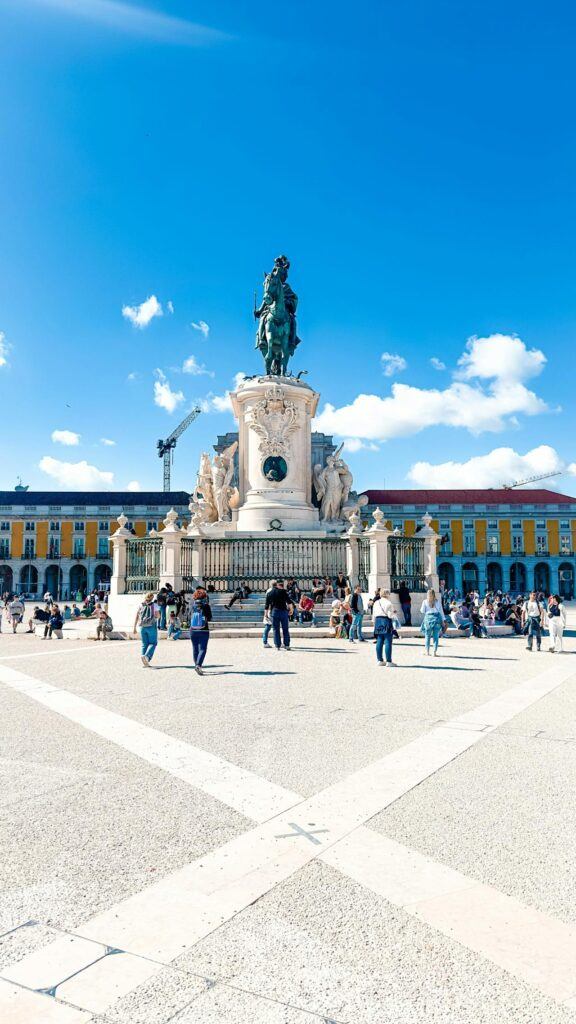
Industrial Revolution and Urban Growth
The Industrial Revolution brought significant changes to Lisbon. Factories and industries began to pop up, leading to rapid urban growth. This period saw the transformation of many areas, especially the Baixa and Chiado districts, where shops, cafés, and theaters became common. The city expanded beyond its traditional boundaries, moving further from the Tagus River.
Development of Infrastructure
One of the most important changes in Lisbon was the opening of a new main street, Avenida da Liberdade, in 1880. This street became a symbol of modernity and progress. The city also saw the construction of new residential and public buildings, such as the Queen Maria II National Theatre in 1842. The development of infrastructure continued with the inauguration of the bridge over the Tagus, which allowed for rapid connection between both sides of the river.
Modernization Efforts Post-Enlightenment
After the Enlightenment, Lisbon continued to modernize. The city refounded its university in 1911, incorporating reformed former colleges and other higher education schools. During World War II, Lisbon was a neutral port and a major gateway for refugees. The Estado Novo regime (1926–1974) further expanded the city with new residential and public developments. The zone of Belém was modified for the 1940 Portuguese Exhibition, and new districts appeared to house the growing population.
Conclusion
Lisbon’s Age of Enlightenment was a time of great change and growth for the city. It became a place where different cultures and ideas came together, especially after the 1755 earthquake. The city was rebuilt with new ideas about how cities should look and work. This made Lisbon a modern city with a mix of old and new buildings. The city’s history of exploration and trade also played a big role in its development. Today, Lisbon is a vibrant city that shows its rich history and the many cultures that have influenced it. The Age of Enlightenment helped shape Lisbon into the unique and lively city it is now.

